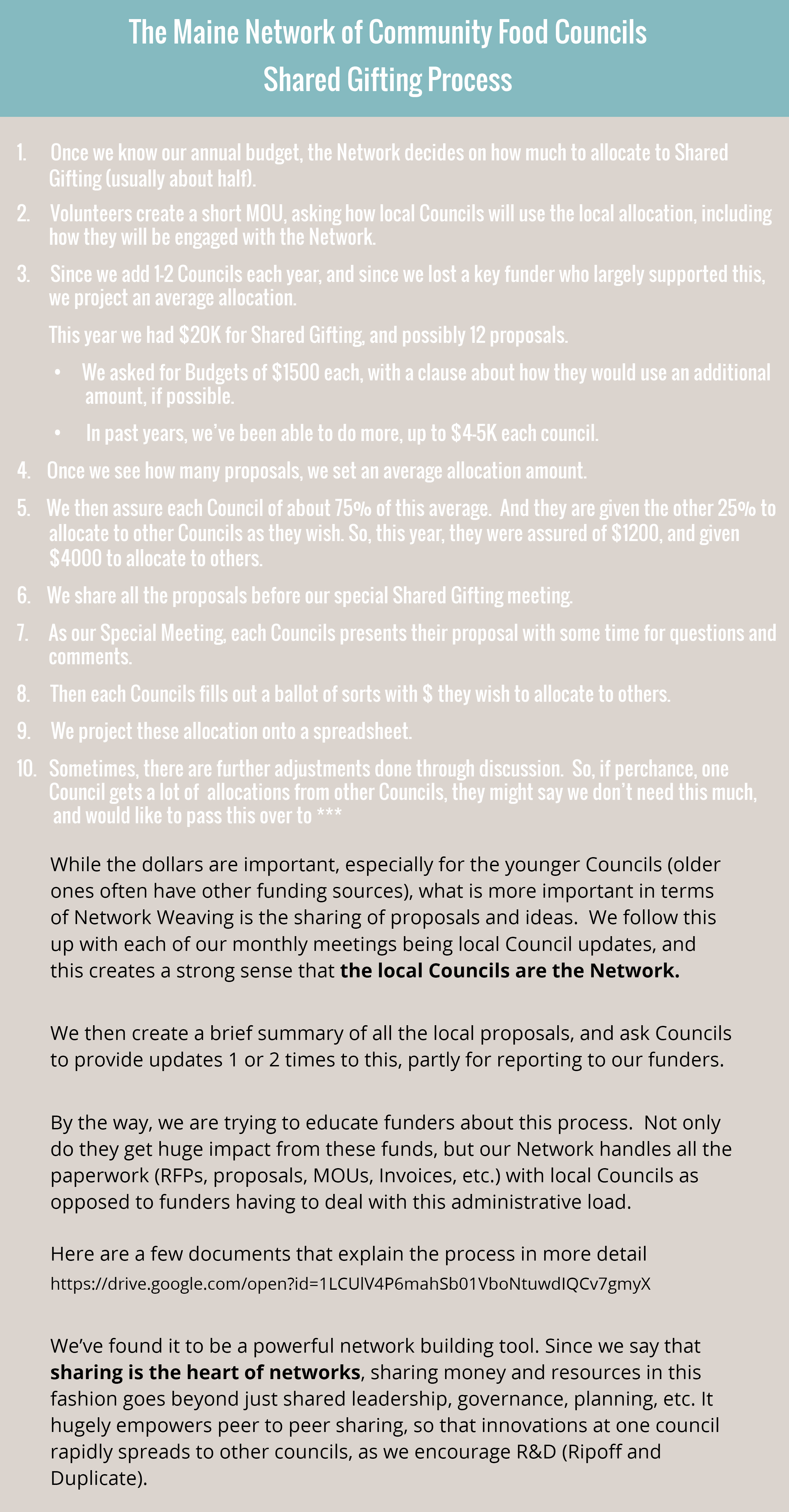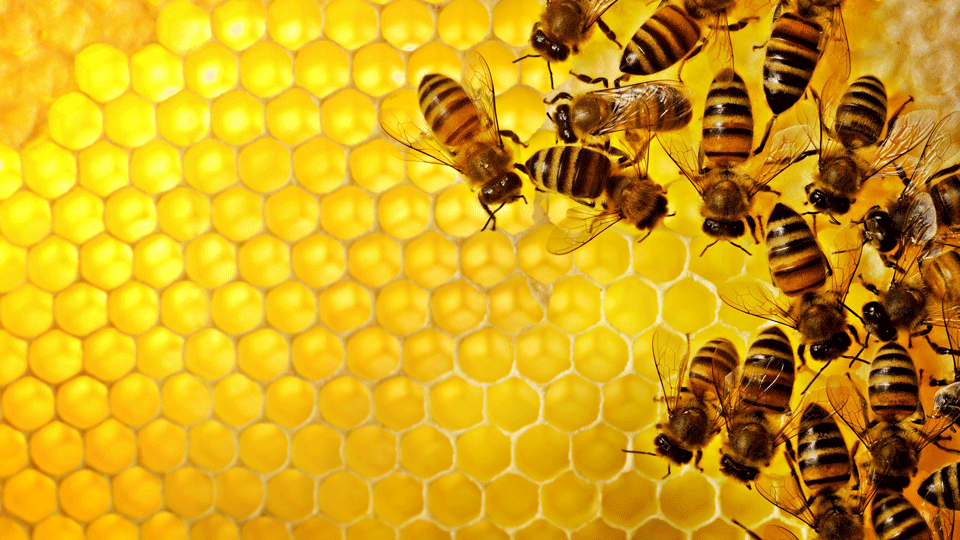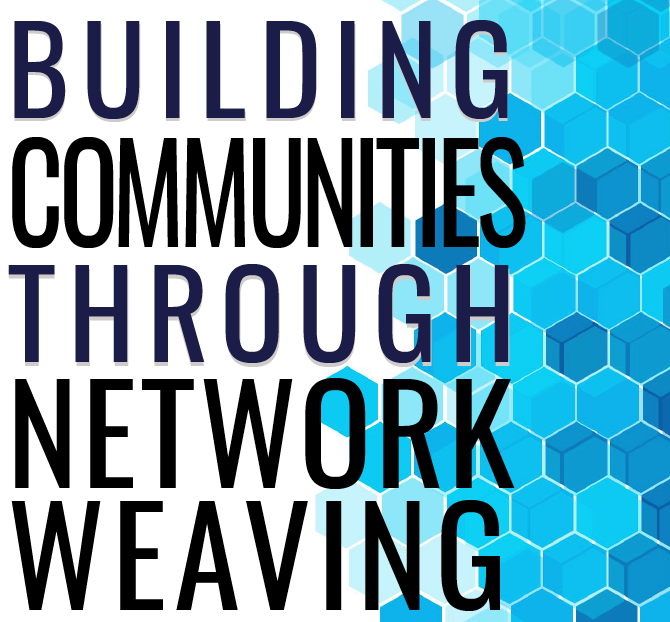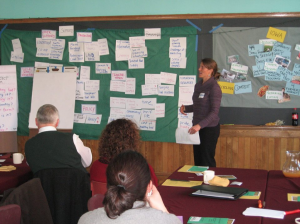Building Communities Through Network Weaving
In 2004, Valdis Krebs and I collaborated on an article that described the stages of network development and introduced the term network weaver.
In 2005 an edited version of this paper was included in the Nonprofit Quarterly.
This article is newly added to our RESOURCES page... and it's FREE!
To download CLICK HERE
[ap_spacing spacing_height="15px"]
Welcome to the Network Weaving Blog
There are over 1.4 million tax-exempt non-profits in the United States, many of them working on the hard-to-shift systemic problems of our society, such as racism, poverty, immigrant rights, access to food and healthcare, inequitable education systems, and climate change.
[ap_spacing spacing_height="25px"]Systems change and networks
But many of those organizations have realized these problems are extraordinarily complex. Solving these problems requires shifting entire systems, something that is not possible for a single organization to accomplish.
We are seeing a rapid increase in the number of networks forming to work on problems collaboratively.
As a result, we are seeing a rapid increase in the number of networks forming to work on problems collaboratively. Many of these are having truly impressive results:
Increasing local food access and sustainability through networked policy councils
Increasing access to healthcare
Stopping new coal-fired power plants in the Midwest
[ap_spacing spacing_height="25px"]Network Practice is underdeveloped
The problem, as I see it, is that the field of network practice has not kept up with this dramatic increase in networks.
The field of network practice has not kept up with this dramatic increase in networks.
All too many networks are floundering, struggling with knowing how best to support network leadership, how to structure their network, and how to organize action. Too many try to adapt an organizational frame and find that network growth and innovation are inhibited.
An organization is an organization is an organization. There are ample books, associations, training programs and consultants available, so that setting up a new nonprofit is fairly straightforward.
But networks come in many shapes and sizes, and recipe books aren’t as useful for this type of entity. There are only a handful of network consultants in the entire country, only a few books on network formation, and little research has been done on the most effective structures and operations for networks. Add to this the fact that only a few foundations are supporting networks, and even fewer are supporting the development of the field.
[ap_spacing spacing_height="25px"]Let’s support networks together!
Over the course of the coming year, I hope to gather a group of individuals and foundations who understand the extraordinary potential of networks and care passionately about developing the support and knowledge that is needed so that all networks can be transformational and system shifting.
I plan to write blog posts at least weekly about every aspect of network practice I work on and send these posts out via an enewsletter. I hope I can convince some of you to contribute to this blog as well. Just respond to this post and I will explain how this can be done.
I also will be developing and offering a wide range of free materials and low-cost modules (will usually include a video, powerpoint, and activity sheets) during the coming months.
I am hoping that you will help think through the development of a platform that encourages networks everywhere to share what they have learned and where people interested in learning collaboratively can find each other.
Let us know what challenges you have faced in forming and operating a network and what would help you with those challenges.
I invite you to respond to this post with your thoughts, comments and expressions of interest in this project. Let us know what challenges you have faced in forming and operating a network and what would help you with those challenges. What would you like to learn? Explore with others?
We can only make progress on this together!
June Holley
A NETWORK OF NETWORKS
Editor’s note: I’ve become more and more convinced that networks are much more effective when they are also part of networks with other networks, where they can share information, learn, support each other with challenges and organize larger collaborative actions especially policy change. We will have a series of blog posts in the coming weeks about the different types of networks of networks and steps in developing them.
Food system networks have been in the forefront of this development. Here Ken Morse describes the Maine Network of Community Food Councils.[ap_spacing spacing_height="20px"]
Higher Level Network of Networks
I co-coordinate the Maine Network of Community Food Councils (MNCFC), made up of a growing number of community councils (currently 12, mostly multi-town) that act as local networks, with the Maine Network knitting these together in a Network of Networks.
For the last year, we have been organizing conversations with many other Maine groups with the idea of weaving together the over 100 groups, networks and non-profits working towards rebuilding Maine’s food supply. So a higher level Network of Networks, or you could almost say a Network of Networks of Networks.
We try to study biological models of organizations, seeing “networks” as a biological approach to social organization, much the way sustainable food systems are a biological alternative to industrial agriculture.
[ap_spacing spacing_height="20px"]The Shared Gifting Process
One tool we have used within MNCFC is our Shared Gifting process. MNCFC is largely grant supported and we devote about half our budget to allocations to local councils, using a Shared Gifting process that we adapted from RSF Finance in California. All Councils submit proposals for this funding, all proposals go out to all Councils, then we have a special Shared Gifting meeting, where each council presents their proposals. Each Council is assured of funding for part of their work, and then have an allocation that they can share with other Councils. [ap_spacing spacing_height="20px"]

[ap_spacing spacing_height="20px"]Here are a few documents that explain the process in more detail.
[ap_spacing spacing_height="20px"]Enriching Peer to Peer Sharing
This process mightily enriches the peer to peer sharing at the heart of MNCFC. Each Council learns about the work of the others, and then our meetings throughout the year are heavily focused on Community updates. Councils really begin to feel like they are the network, and innovation is greatly accelerated through replication of local initiatives across the Network.
We are interested in other network building tools like this. And in our “networks of networks” work, we are especially interested in questions of structure and communication ecosystems. And stories about how we can help folks who are somewhat stuck in organization or institutional frameworks to make the leap into network mindsets.
So, in any regard, we are delighted to be connecting with you and other national partners to dig deeper into this cutting edge work. [ap_spacing spacing_height="20px"]
Ken Morse
Community Food Strategies
Co-Coordinator, Maine Network of Community Food Councils
Leadership Team, Maine Farm to Institution[ap_spacing spacing_height="15px"]
Another wonderful resource Ken shared with me is a video call with four State Food Networks of Networks https://youtu.be/6wgIvqzHs8E. If would like to learn more about statewide food networks, also check out this article by University of Minnesota Extension on Cultivating Collective Action: The Ecology of a Statewide Food Network (2015)




